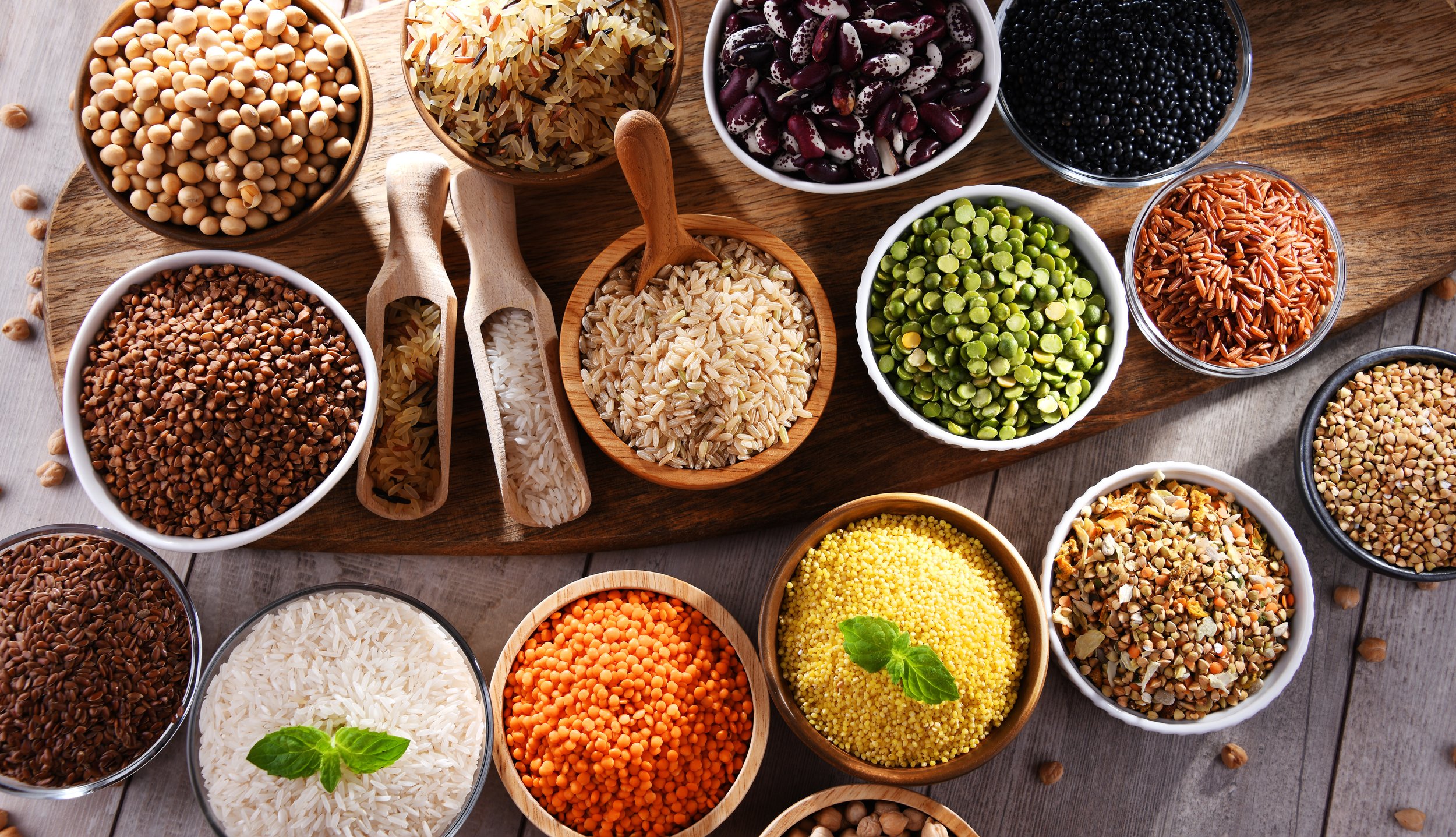The Fiber Factor: Unlocking the Benefits of a High-Fiber Diet
In the quest for a healthy lifestyle, there's one nutrient that often goes unnoticed but holds significant power: fiber. It plays a vital role in supporting digestion, regulating blood sugar levels, and promoting heart health. In this blog post, we will explore the fiber factor and discover how incorporating fiber-rich foods into your diet can contribute to overall well-being.
The Wonder of Fiber
Fiber is an indigestible carbohydrate found in plant-based foods. While our bodies cannot break it down, it provides numerous health benefits. Firstly, fiber promotes a healthy digestive system by adding bulk to the stool and preventing constipation. It also aids in weight management by creating a feeling of fullness, reducing overeating, and supporting healthy weight loss or maintenance.
Types of Fiber
There are two types of fiber: soluble and insoluble. Soluble fiber dissolves in water and forms a gel-like substance in the gut. It helps regulate blood sugar levels and lowers cholesterol. Good sources of soluble fiber include oats, legumes, and fruits like apples and citrus. On the other hand, insoluble fiber adds bulk to the stool, aiding regular bowel movements. Whole grains, vegetables, and nuts are excellent sources of insoluble fiber.
Incorporating Fiber Into Your Diet
Here are some practical tips to increase your fiber intake and reap its benefits:
Choose Whole Grains: Opt for whole grain versions of bread, pasta, and rice. They contain more fiber and nutrients compared to refined grains.
Load Up on Fruits and Vegetables: Aim to include a variety of colorful fruits and vegetables in your daily meals. They not only provide fiber but also deliver essential vitamins and minerals.
Embrace Legumes: Incorporate beans, lentils, and chickpeas into soups, stews, and salads. They are rich in fiber, protein, and other valuable nutrients.
Snack on Nuts and Seeds: Almonds, chia seeds, and flaxseeds are not only delicious but also packed with fiber. Enjoy them as snacks or add them to smoothies and yogurt.
Read Food Labels: Check the nutrition labels on packaged foods for their fiber content. Look for products that offer a higher fiber-to-calorie ratio.
Don't underestimate the power of fiber in your diet. By incorporating fiber-rich foods into your meals and snacks, you can support a healthy digestive system, manage your weight, and promote overall well-being. Remember to increase your fiber intake gradually and drink plenty of water for optimal results. Embrace the fiber factor and unlock the benefits of a high-fiber diet!
Sources:"Dietary Fiber: Essential for a Healthy Diet" - Mayo Clinic"Fiber" - Harvard T.H. Chan School of Public Health"Health Benefits of Dietary Fiber" - National Institutes of Health

